Home>Garden Essentials>When To Start Cucumber Seeds
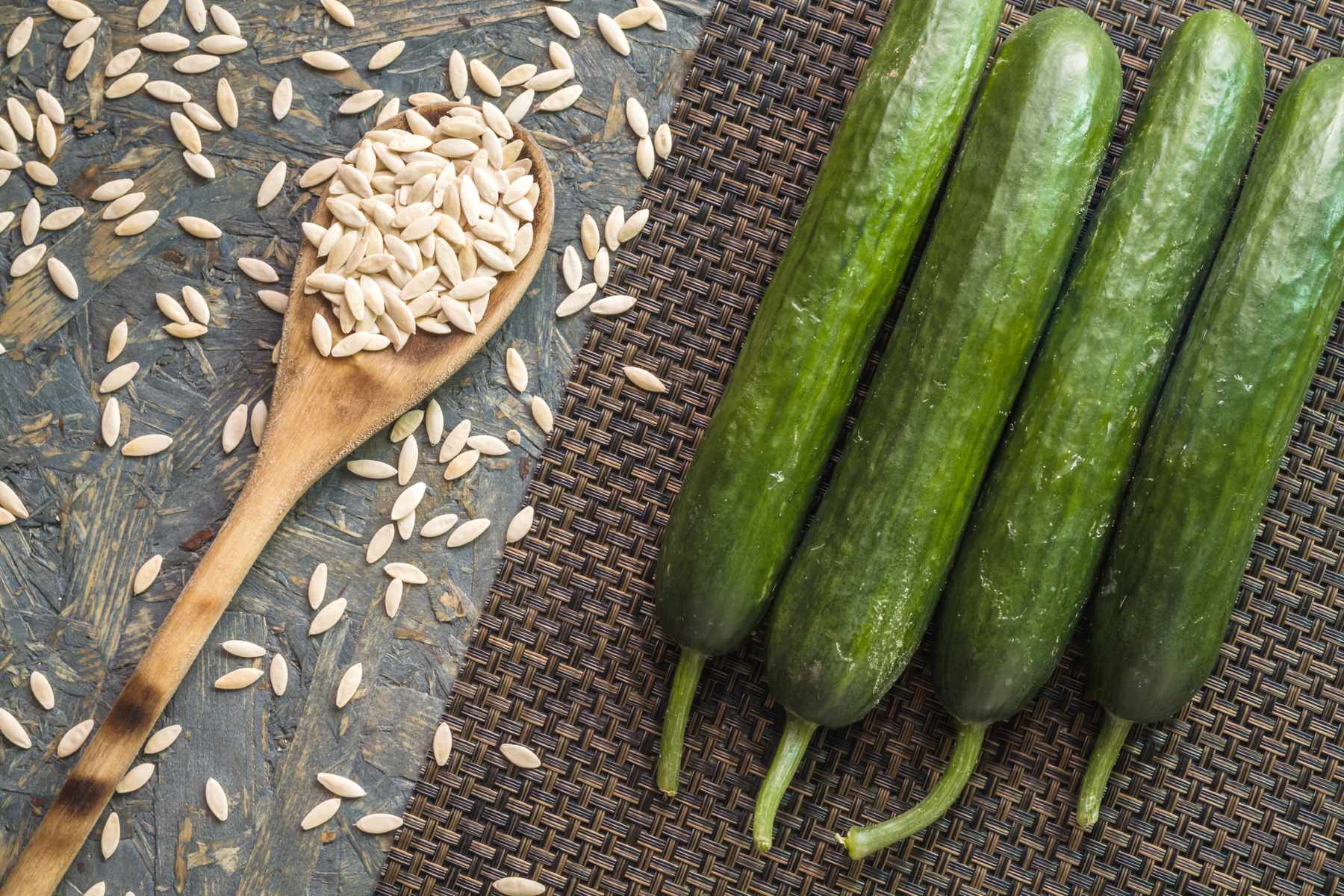

Garden Essentials
When To Start Cucumber Seeds
Modified: April 22, 2024
Find out the ideal time to sow cucumber seeds in your garden for a bountiful harvest. Discover when to start cucumber seeds and maximize your garden's potential.
(Many of the links in this article redirect to a specific reviewed product. Your purchase of these products through affiliate links helps to generate commission for Storables.com, at no extra cost. Learn more)
Introduction
Growing cucumbers from seeds can be a rewarding and fulfilling experience for any garden enthusiast. Whether you have a spacious backyard or a small balcony, cucumbers are versatile plants that can thrive in various settings. However, knowing when to start cucumber seeds is crucial for ensuring a successful harvest.
Several factors need to be considered when determining the right time to start cucumber seeds. These factors include the variety of cucumber, your geographical location, the average frost dates, and whether you plan to start the seeds indoors or outdoors.
In this article, we will explore these factors in detail, providing you with valuable insights on when to start cucumber seeds based on your specific circumstances. Whether you’re a seasoned gardener or a beginner, this guide will help you make informed decisions and maximize your cucumber-growing success.
Key Takeaways:
- Start cucumber seeds indoors by counting backward from the last frost date and providing warmth and light. Transplant seedlings carefully for a successful indoor growing experience.
- For outdoor seed starting, wait for warm soil temperatures, choose a sunny spot, and provide proper moisture. Support climbing varieties and maintain weed control for a bountiful harvest.
Read more: When To Harvest Cucumber Seeds
Factors to Consider
Before starting cucumber seeds, there are several key factors to consider. Understanding these factors will ensure that you give your cucumber plants the best possible start and increase the chances of a successful harvest. Let’s look at these factors in more detail:
- Cucumber Variety: Different cucumber varieties have different growth rates and requirements. Some varieties are better suited for cooler climates, while others thrive in hotter regions. It’s essential to choose the right cucumber variety that is well-suited to your specific climate and growing conditions.
- Geographical Location: The climate of your location plays a crucial role in determining the optimal time to start cucumber seeds. Cucumbers are warm-season vegetables and require a certain level of heat and sunlight to grow. Understanding your local climate will help you determine the appropriate planting time.
- Average Frost Dates: Cucumbers are highly susceptible to frost damage. It’s important to know the average dates of the last frost in your area before planting cucumber seeds. Planting too early can expose the young seedlings to frost, while planting too late can limit their growth and productivity.
- Indoor vs. Outdoor Seed Starting: You have the option to start cucumber seeds indoors or directly sow them outdoors. Indoor seeding allows you to control the growing environment and start the seeds earlier, while outdoor seeding takes advantage of natural sunlight and eliminates the need for transplanting. Consider your resources, space, and preferences when deciding which method is best for you.
- Growing Seasons: Cucumbers have different growing seasons, such as spring, summer, and fall. Determining the ideal growing season for your cucumber variety will help you plan the best time to start the seeds. Some varieties mature quickly and are perfect for shorter growing seasons, while others require more time and are better suited for longer seasons.
By taking these factors into account, you can tailor your cucumber seed starting approach to suit your specific circumstances. Let’s now delve into the best time to start cucumber seeds, both for indoor and outdoor seeding methods.
Best Time to Start Cucumber Seeds
The best time to start cucumber seeds will vary depending on whether you are starting them indoors or outdoors. Here are some guidelines to help you determine the ideal timing:
Indoor Seed Starting
If you choose to start cucumber seeds indoors, you can get a head start on the growing season and ensure your plants have a longer period to mature and produce fruits. Here’s how to determine when to start cucumber seeds indoors:
- Count backward from your last frost date: Determine the average date of the last frost in your area. Count backward based on the number of weeks it takes for cucumber seeds to germinate and grow into seedlings, and add an additional 2-3 weeks to allow for transplanting. This will give you the approximate date to start cucumber seeds indoors.
- Provide a warm and well-lit environment: Cucumber seeds need warmth and plenty of light to germinate successfully and grow into healthy seedlings. Ensure that you provide them with a warm and well-lit environment, either by using a heat mat and fluorescent grow lights or placing them near a south-facing window.
- Transplant seedlings carefully: Once the seedlings have grown two to three sets of leaves and the threat of frost has passed, it’s time to transplant them outdoors. Be gentle when handling the seedlings to avoid damaging their delicate roots.
Outdoor Seed Starting
If you prefer to directly sow cucumber seeds outdoors, you’ll need to wait until the soil and weather conditions are favorable for germination and growth. Here are some tips for outdoor seed starting:
- Wait for the danger of frost to pass: Cucumber seeds require warm soil temperatures of around 60°F (15.5°C) or higher for successful germination. Wait until the threat of frost has passed, and the soil has warmed up before sowing cucumber seeds directly in the garden.
- Prepare the soil: Before sowing cucumber seeds, prepare the soil by removing any weeds, loosening it with a garden fork or tiller, and incorporating organic matter like compost or well-rotted manure. This will provide a fertile and well-drained environment for the seeds to germinate and grow.
- Sow seeds at the proper depth: Plant cucumber seeds about 1 inch (2.5 cm) deep and 6-8 inches (15-20 cm) apart in rows or hills. Water the soil thoroughly after sowing to ensure proper moisture penetration.
By following these guidelines and considering the specific factors mentioned earlier, you can determine the best time to start cucumber seeds for your garden. Remember to keep track of your planting dates, observe the plants’ progress, provide adequate care, and enjoy the bountiful harvest of delicious cucumbers.
Read more: When Should You Plant Cucumber Seeds
Indoor Seed Starting
Indoor seed starting is a great option for gardeners who want to extend the growing season and have more control over the germination and early growth of their cucumber plants. Here’s a step-by-step guide on how to successfully start cucumber seeds indoors:
- Select the right containers: Choose containers that are at least 2-3 inches deep and have drainage holes at the bottom. You can use seed trays, peat pots, or recycled containers, as long as they provide enough space for the roots to grow.
- Prepare the seed starting mix: Use a high-quality, well-draining seed starting mix or make your own by combining equal parts of peat moss, vermiculite, and perlite. Moisten the mix before filling the containers, ensuring that it is damp but not waterlogged.
- Sow the seeds: Make small indentations or furrows in the soil, approximately 1 inch apart. Drop 2-3 cucumber seeds in each indentation and cover them with a thin layer of soil. Gently press the soil down to ensure good seed-to-soil contact.
- Provide appropriate temperature and lighting: Cucumber seeds require warm soil temperatures of around 70-85°F (21-29°C) and bright, indirect light for optimal germination. Place the containers in a warm location or use a heat mat to maintain the desired temperature. Supplement with fluorescent grow lights if natural light is not adequate.
- Maintain consistent moisture: Keep the seed starting mix evenly moist but not waterlogged. Water from the bottom by placing the containers in a tray filled with water and allowing the soil to soak up the moisture. Avoid overhead watering, as it can lead to damping-off disease and fungal issues.
- Thin out the seedlings: Once the cucumber seedlings have developed their first true leaves, thin them out by keeping only the strongest and healthiest seedling in each container. Snip the excess seedlings at soil level to prevent disturbing the remaining roots.
- Transplanting seedlings: When the threat of frost has passed and the seedlings have developed 2-3 sets of true leaves, they are ready for transplanting outdoors. Harden off the seedlings by gradually exposing them to outdoor conditions over a week, starting with a few hours of sunlight and gradually increasing the duration.
By following these steps and providing proper care, you can successfully start cucumber seeds indoors and have robust seedlings ready for transplanting in the garden. Remember to provide adequate water, sunlight, and nutrient-rich soil to ensure the healthy growth and development of your cucumber plants.
Start cucumber seeds indoors 3-4 weeks before the last frost date. Use biodegradable pots and keep the soil moist. Harden off seedlings before transplanting outdoors.
Outdoor Seed Starting
Outdoor seed starting is a straightforward and convenient way to grow cucumbers directly in the garden. Here’s a step-by-step guide on how to start cucumber seeds outdoors:
- Wait for the right time: Before sowing cucumber seeds outdoors, it is important to wait until the danger of frost has passed and the soil temperature has warmed up to at least 60°F (15.5°C). Typically, this corresponds to late spring or early summer, depending on your climate.
- Select a sunny location: Choose a sunny spot in your garden that receives at least 6-8 hours of direct sunlight each day. Cucumbers thrive in full sun and require ample light for vigorous growth and fruit development.
- Prepare the soil: Before sowing cucumber seeds, prepare the soil by removing any weeds or debris. Loosen the soil with a garden fork or tiller to a depth of about 8-10 inches (20-25 cm). Incorporate organic matter into the soil, such as compost or well-rotted manure, to improve its fertility and drainage.
- Sow the seeds: Cucumber seeds can be sown directly into the ground either in rows or hills. Make 1-inch deep furrows for rows, spacing them about 6-8 inches apart. If using hills, create mounds of soil about 12-18 inches apart and sow 4-5 seeds per mound. Cover the seeds with soil and gently firm it down.
- Provide adequate moisture: After sowing the seeds, water the soil thoroughly to ensure good seed-to-soil contact and proper moisture penetration. Keep the soil consistently moist but not waterlogged, as too much water can lead to rot and fungal diseases. Water deeply whenever the top inch of soil feels dry.
- Thin out the seedlings: Once the cucumber seedlings have emerged and developed a few true leaves, thin them out to allow enough space for the remaining plants to grow. Leave the healthiest and strongest seedling in each hill or space them about 12-18 inches apart in rows.
- Provide support: Cucumber plants are vigorous climbers and can benefit from some support. Install trellises, stakes, or cages to keep the plants off the ground, promote better airflow, and facilitate easier harvesting.
- Maintain weed control: Keep the area around the cucumber plants free from weeds, as they can compete for nutrients, water, and sunlight. Regularly remove any weeds that may sprout up and mulch around the plants to suppress weed growth and conserve soil moisture.
By following these steps and providing proper care, you can successfully start cucumber seeds outdoors and enjoy a bountiful harvest of fresh cucumbers from your garden. Remember to monitor the soil moisture, provide sufficient sunlight, and protect the plants from pests and diseases for optimal growth.
Conclusion
Starting cucumber seeds at the right time is crucial for ensuring a successful and abundant harvest. By considering factors such as cucumber variety, geographical location, average frost dates, and your preferred seed starting method, you can make informed decisions about when to start cucumber seeds.
For indoor seed starting, count backward from the last frost date and provide warm temperatures and sufficient lighting for the seedlings. Transplant them outdoors once the threat of frost has passed. On the other hand, for outdoor seed starting, wait for the soil to warm up and sow the seeds directly in the garden, ensuring proper spacing and irrigation.
Remember that cucumbers are warm-season vegetables and require adequate sunlight, warmth, and water to thrive. Additionally, providing support for climbing varieties, maintaining weed control, and monitoring for pests and diseases are essential for a successful cucumber growing experience.
Starting cucumber seeds at the right time and providing proper care throughout the growing season will reward you with a bountiful harvest of delicious cucumbers. Whether you choose to grow them indoors or outdoors, with a little planning and attention to detail, you can enjoy the fresh, crisp taste of homegrown cucumbers in your salads, sandwiches, and pickles.
Happy cucumber growing!
Frequently Asked Questions about When To Start Cucumber Seeds
Was this page helpful?
At Storables.com, we guarantee accurate and reliable information. Our content, validated by Expert Board Contributors, is crafted following stringent Editorial Policies. We're committed to providing you with well-researched, expert-backed insights for all your informational needs.
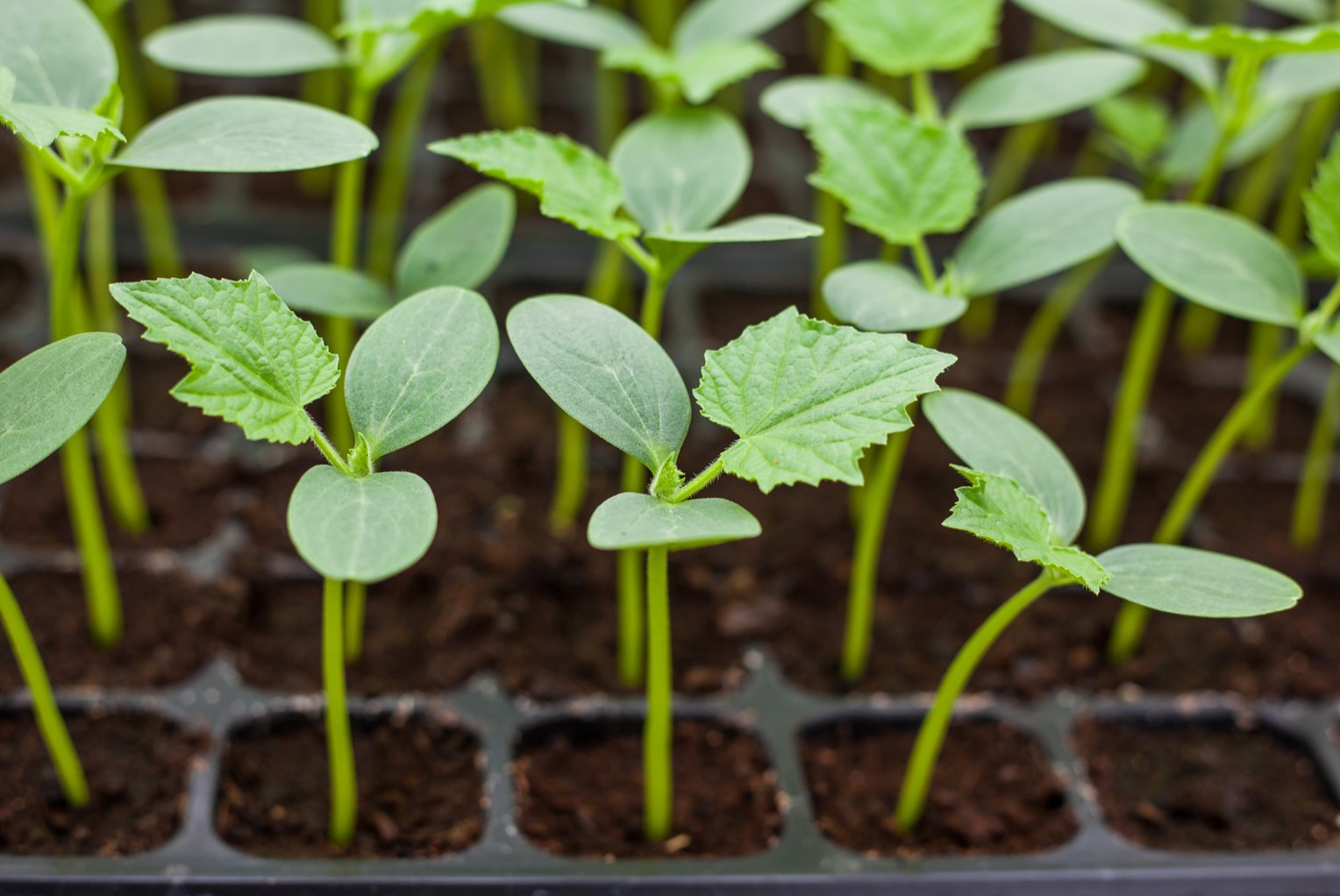
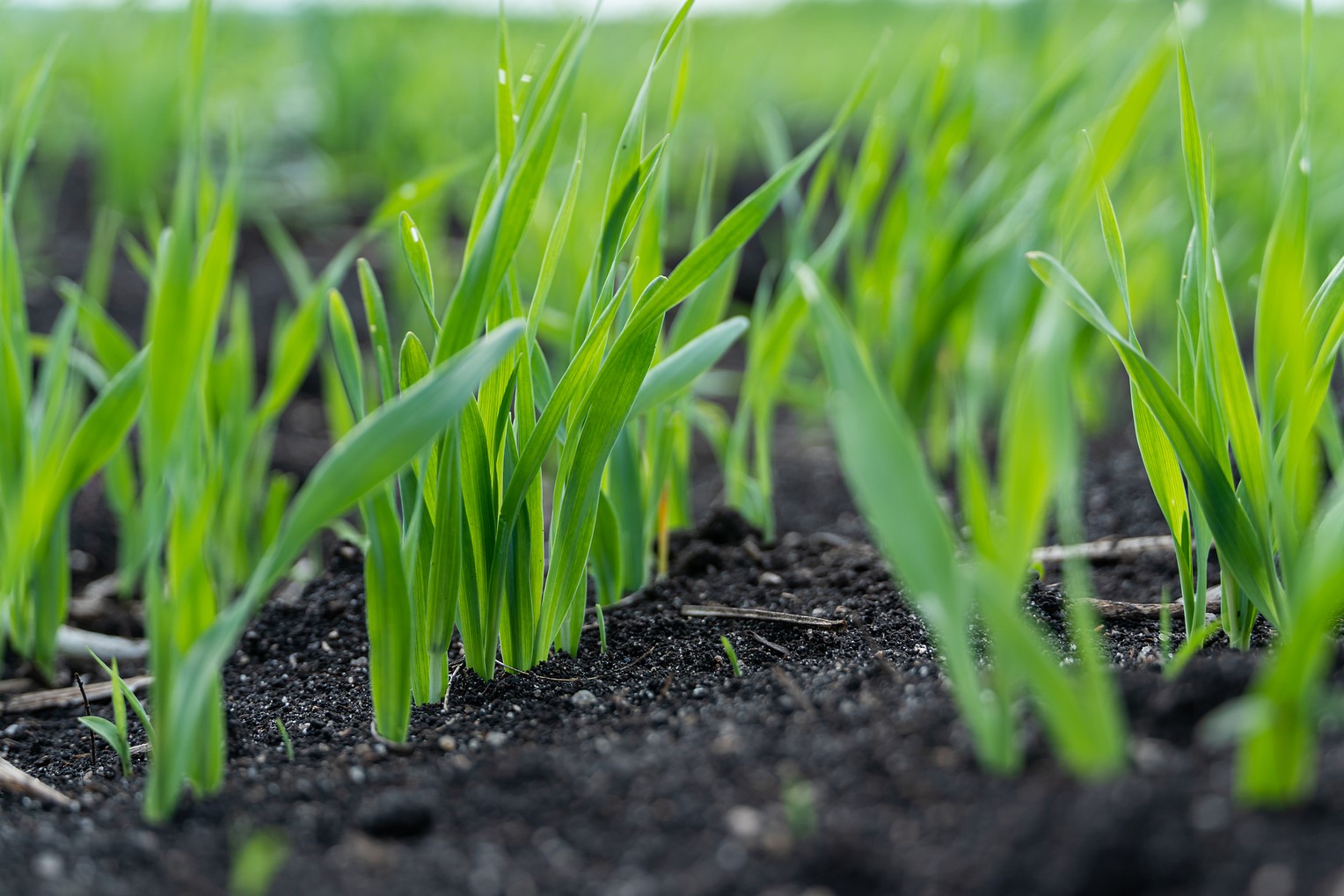
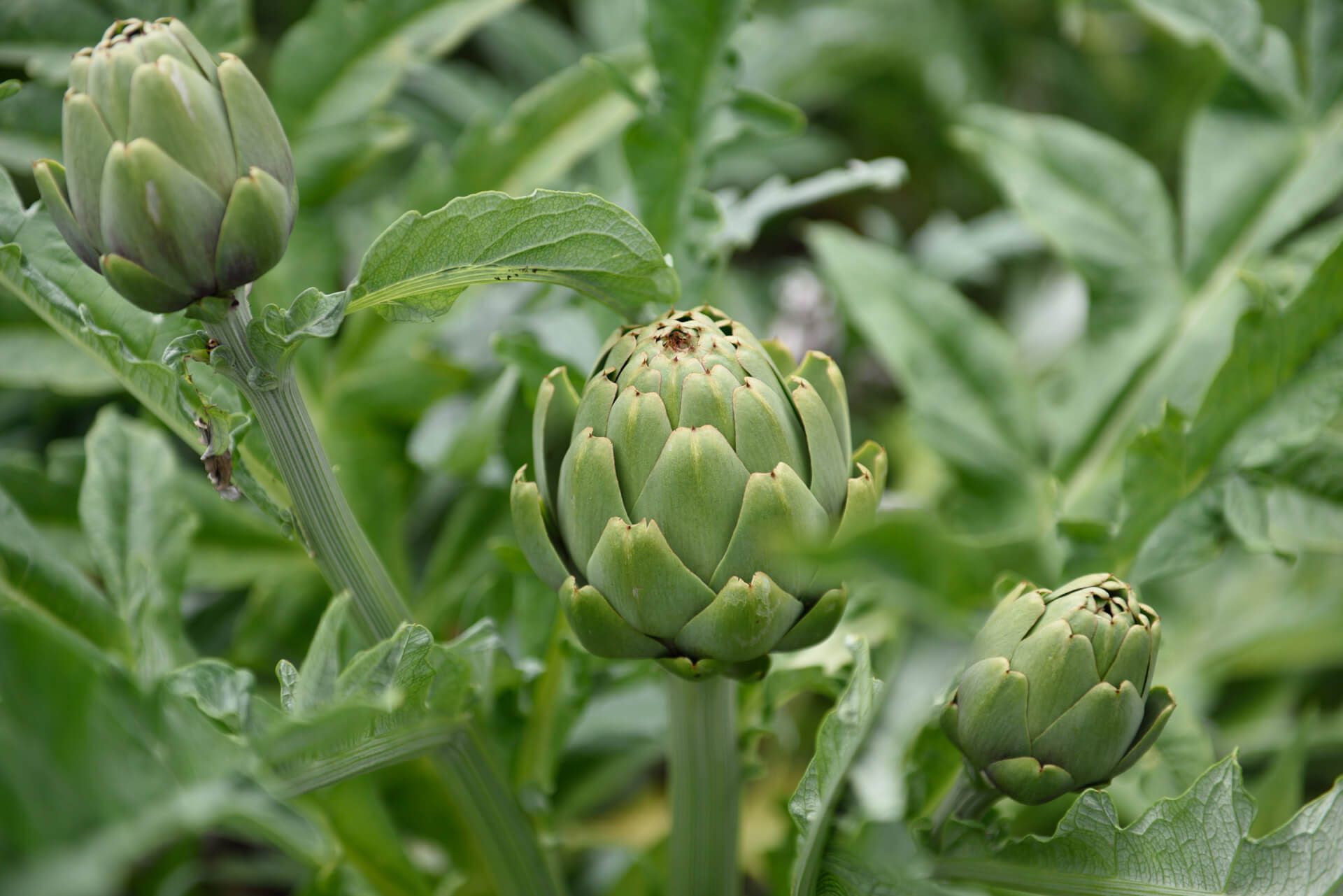
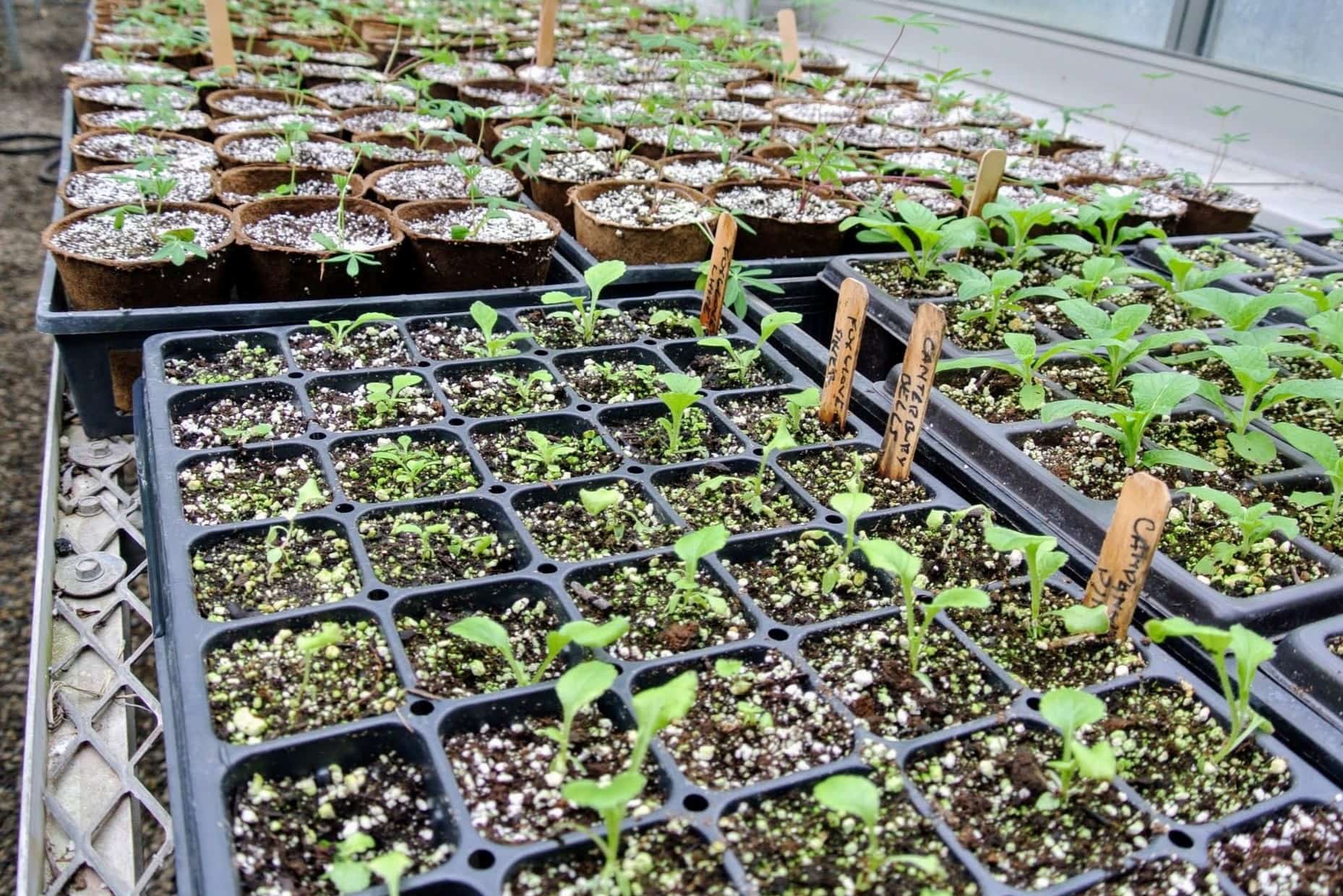
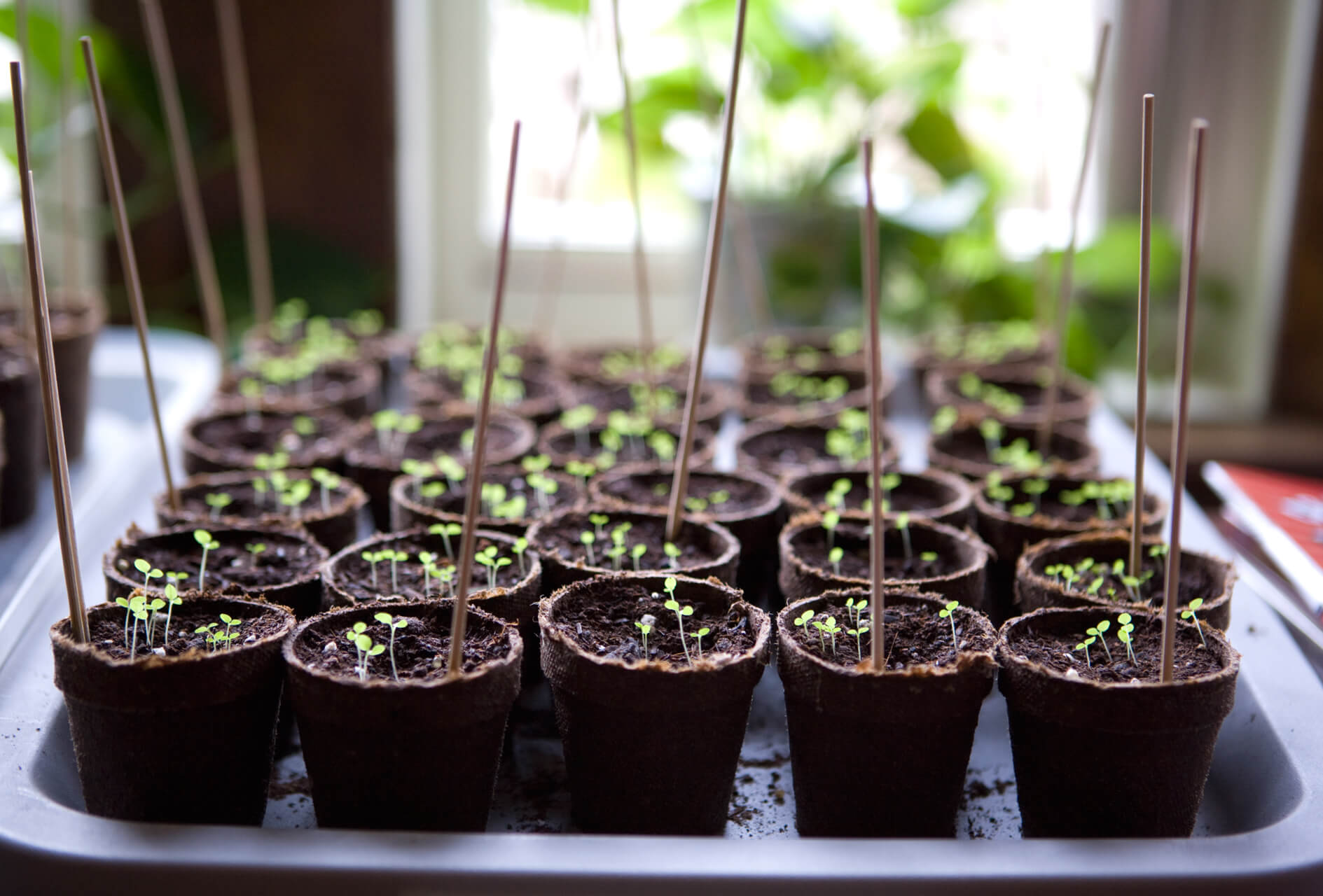
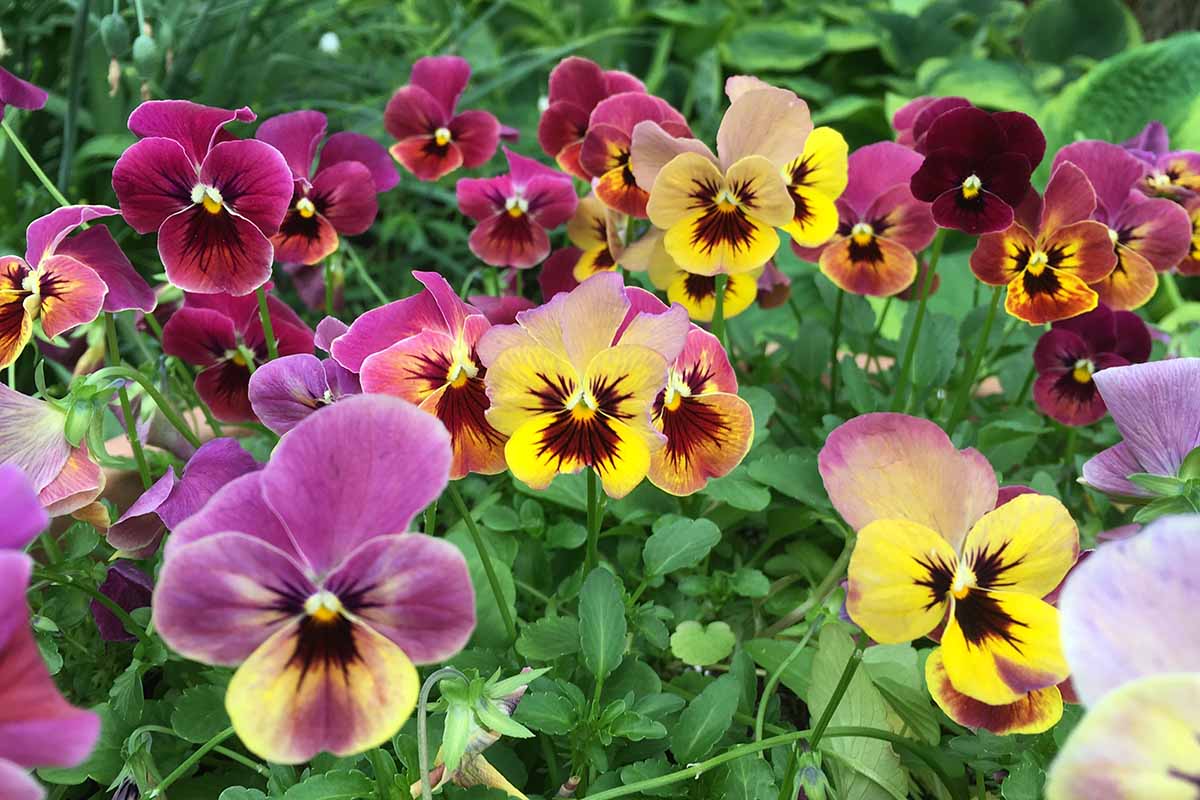
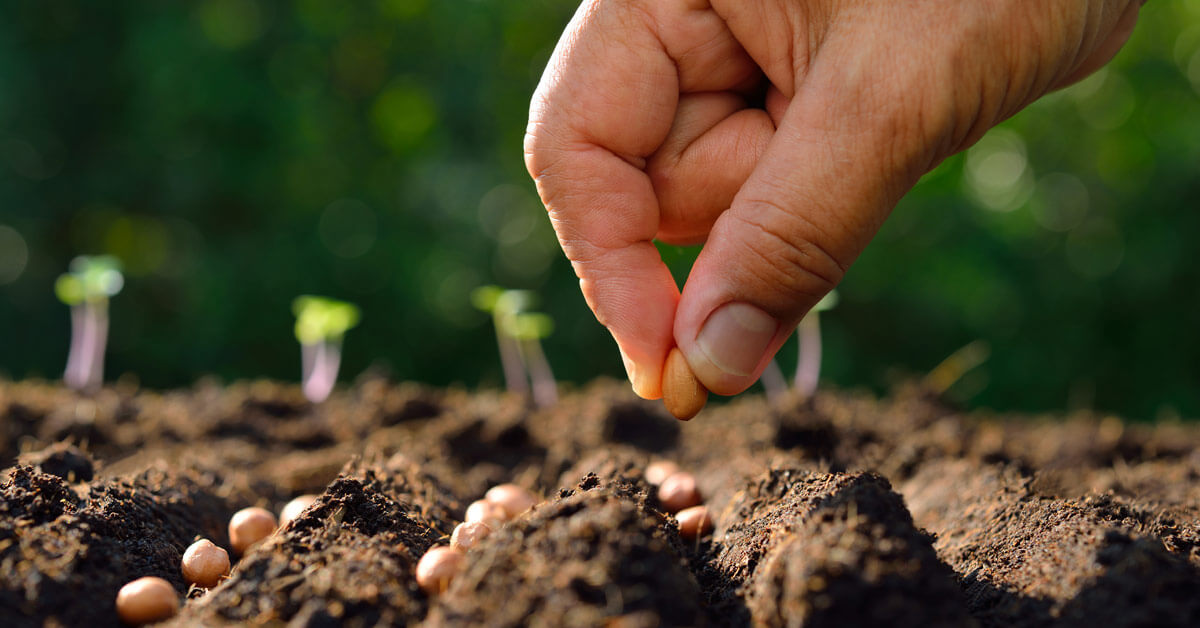
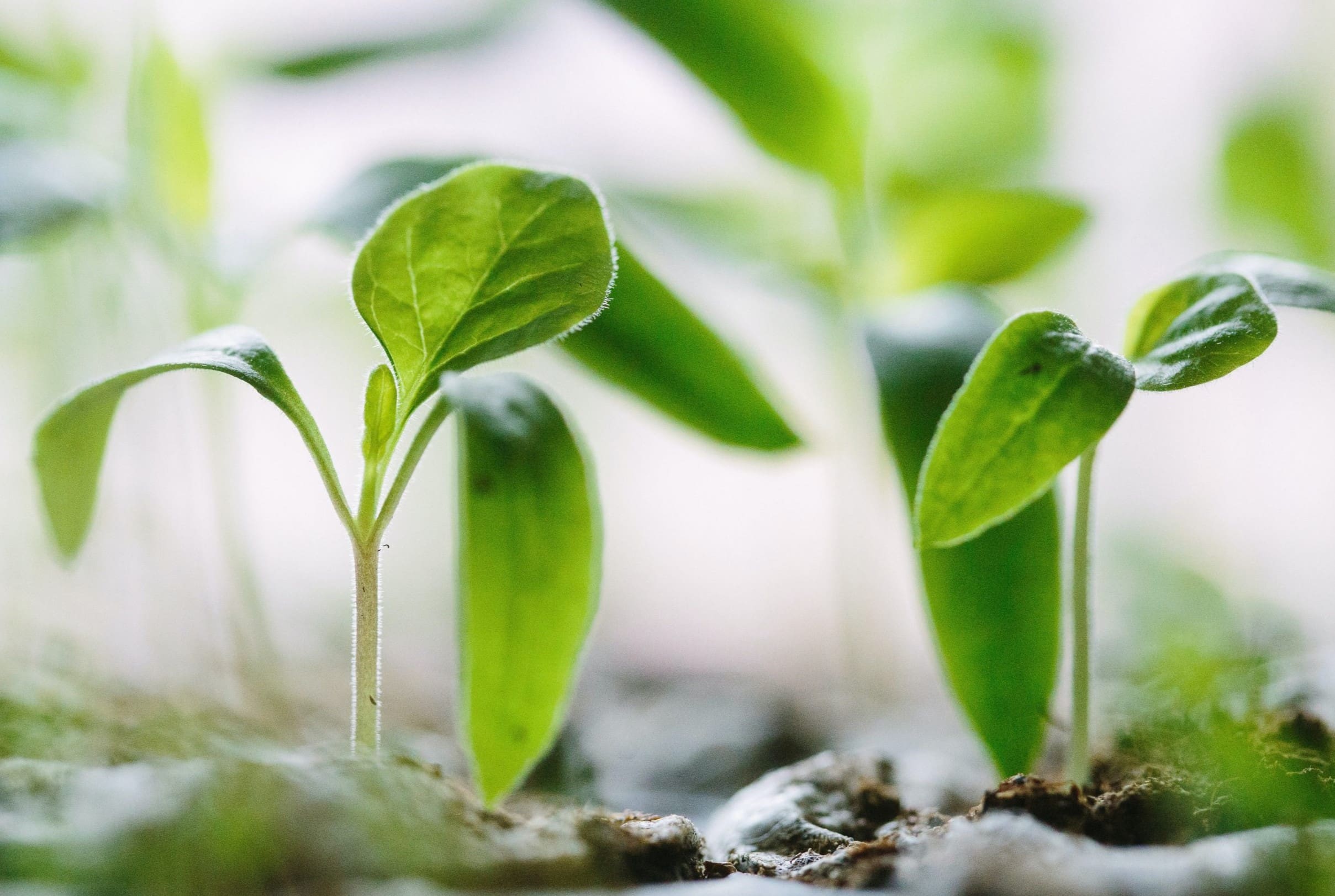
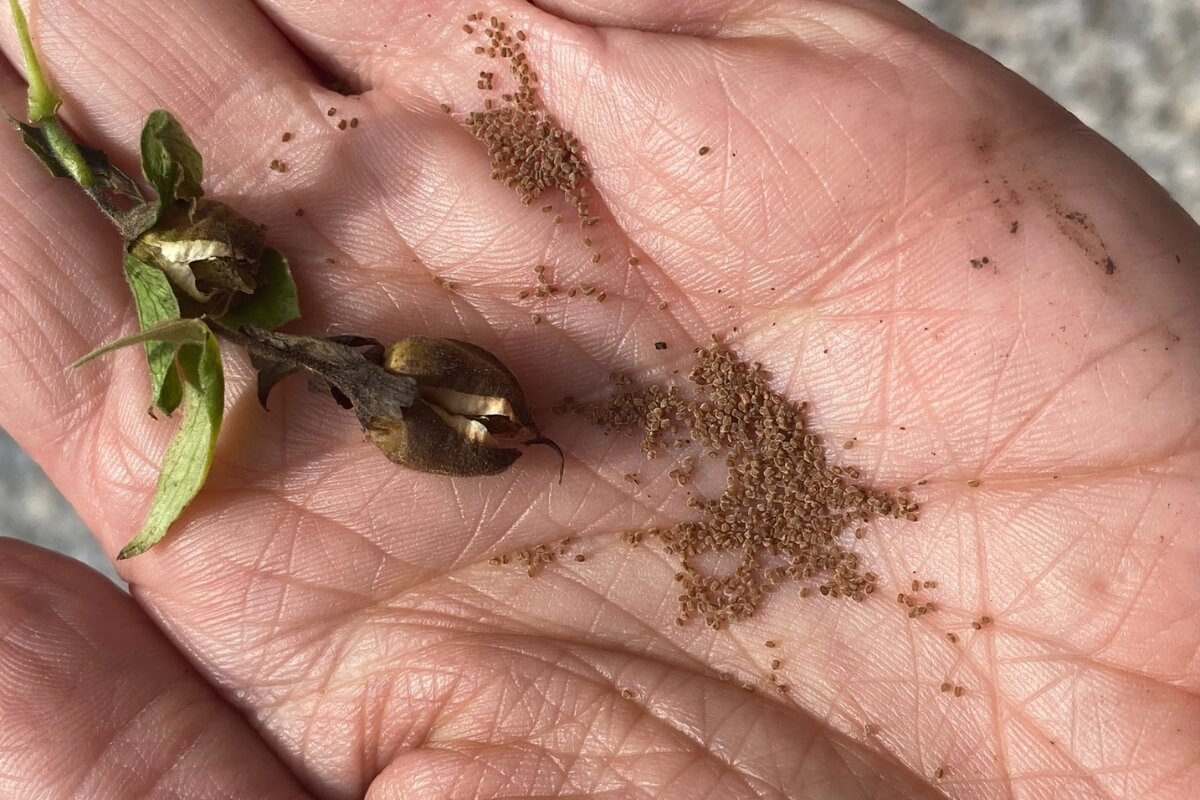
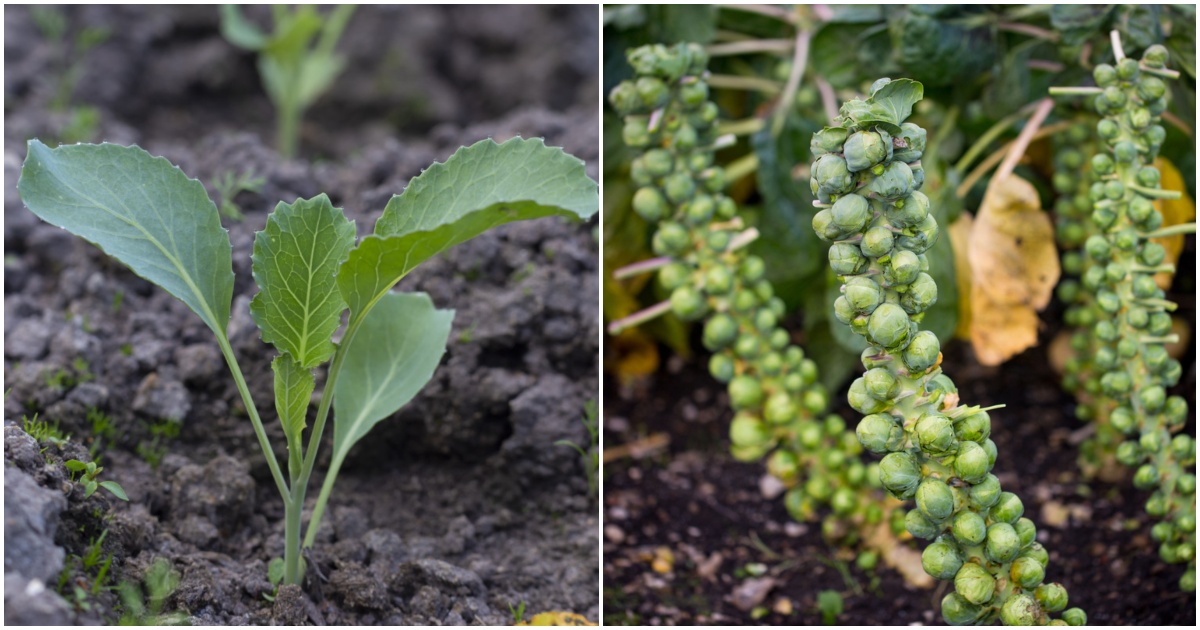
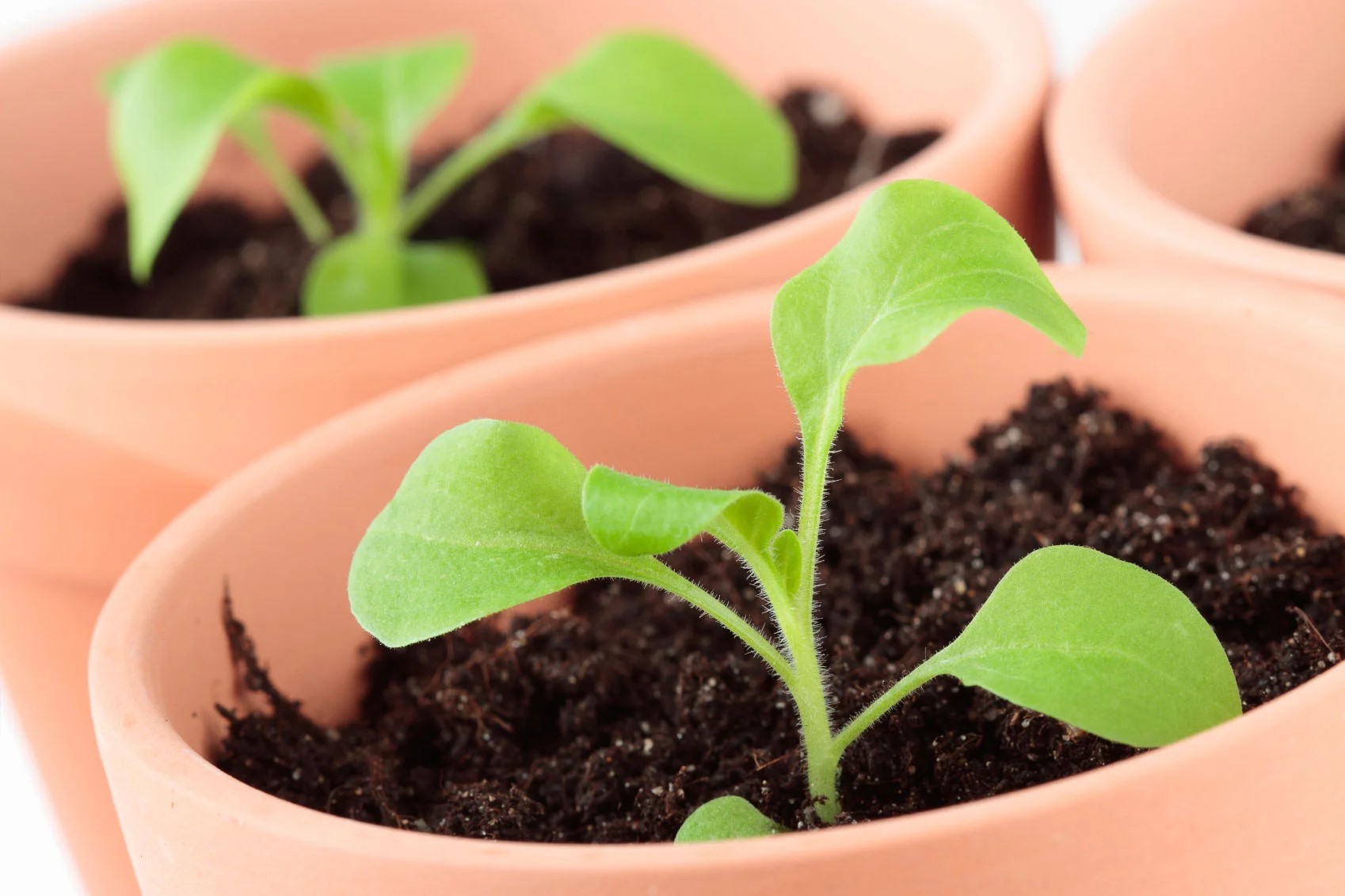
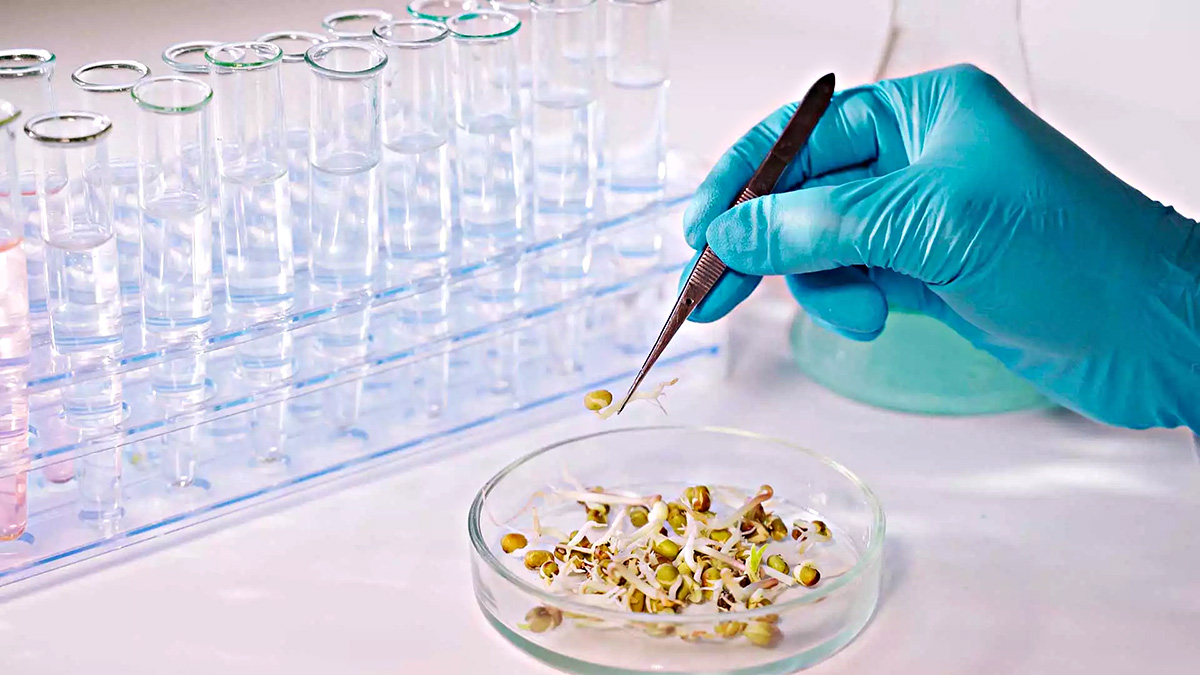
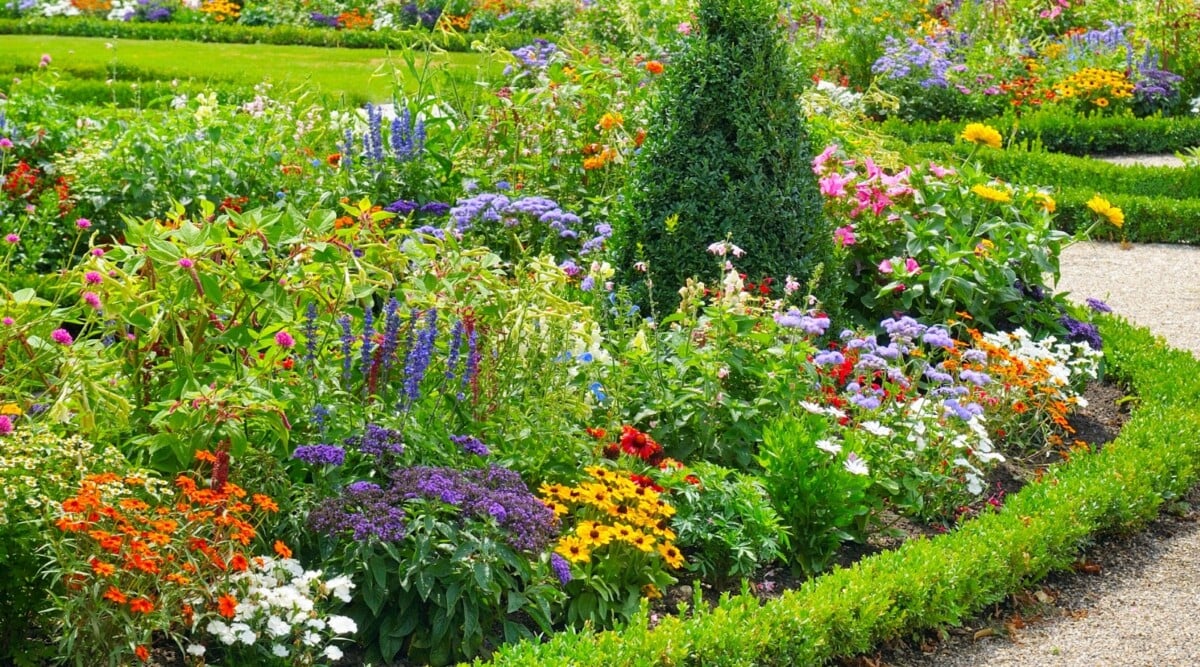
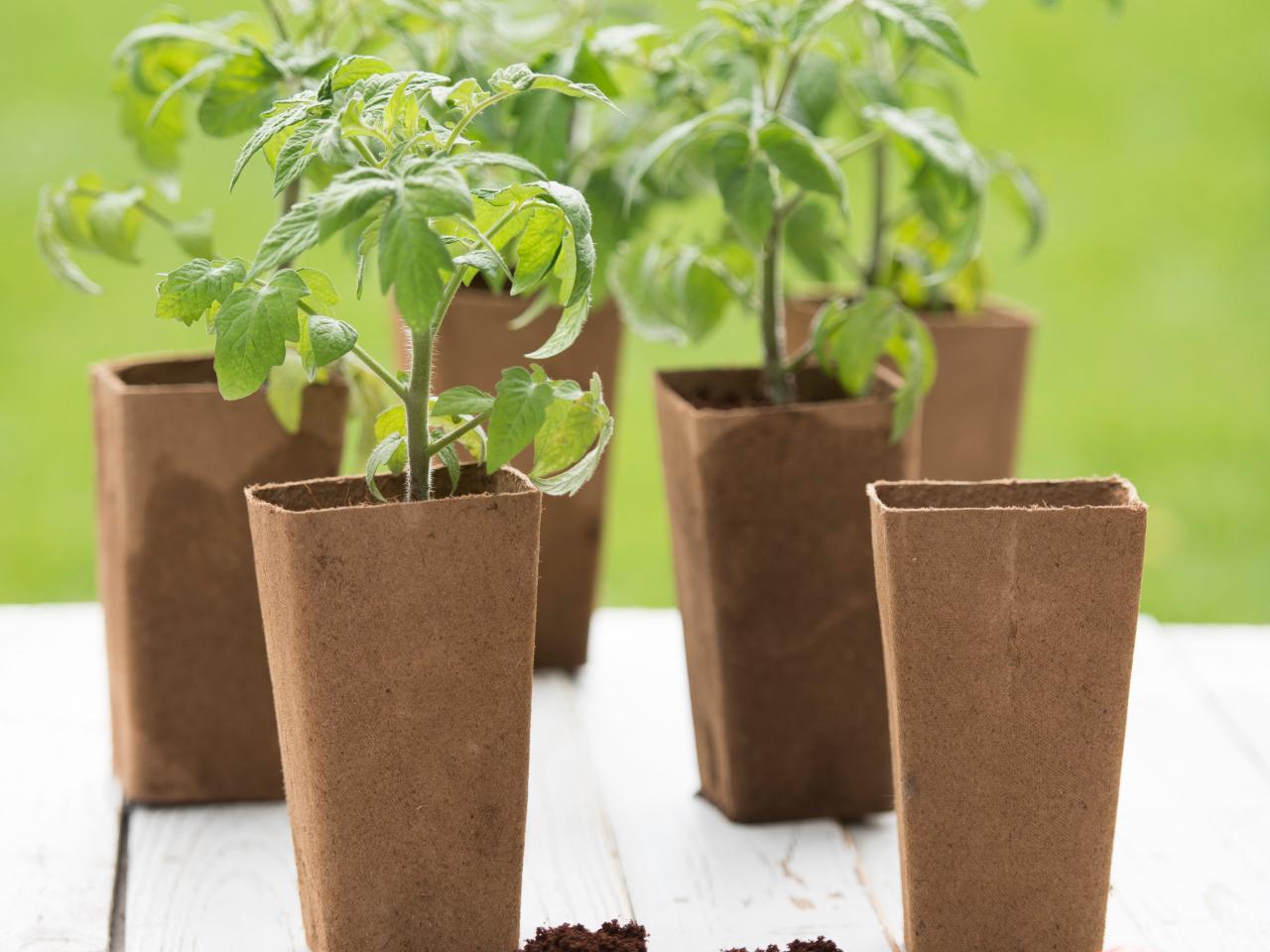

0 thoughts on “When To Start Cucumber Seeds”